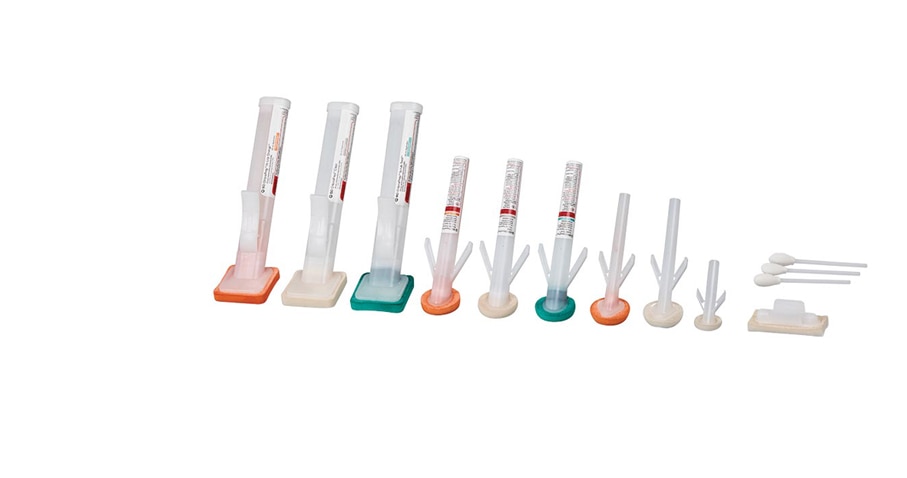1. Degala, et al. United States Patent 9,078,934. July 14, 2015
2. Beausoleil C, Comstock SL, Werner D, Li L, Eby JM, Zook EC. Antimicrobial persistence of two alcoholic preoperative skin preparation solutions. J Hosp Infect. 2022 Nov;129:8-16
3. Mimoz, O et al. Chlorhexidine compared with povidone-iodine as skin preparation before blood culture. A randomized, controlled trial. Annals of internal medicine vol. 131,11 (1999): 834-7
4. WHO 2016 Global guidelines for the prevention of SSIs fact sheet https://cdn.who.int/media/docs/default-source/integrated-health-services-(ihs)/ssi/fact-sheet-skin-web.pdf?
5. Ban KA, Minei JP, Laronga C, Harbrecht BG, Jensen EH, Fry DE, Itani KM, Dellinger EP, Ko CY, Duane TM. American College of Surgeons and Surgical Infection Society: Surgical Site Infection Guidelines, 2016 Update. J Am Coll Surg. 2017 Jan;224(1):59-74
6. Berríos-Torres SI, et al; Healthcare Infection Control Practices Advisory Committee. Centers for Disease Control and Prevention Guideline for the Prevention of Surgical Site Infection, 2017. JAMA Surg. 2017 Aug 1;152(8):784-791.



